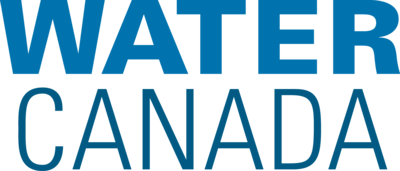WC144 SeptOct 2025 - Magazine - Page 18

POLICY
water sources. He also emphasized the value of strong oversight
bodies, including those within the MECP, that enforce compliance, issue public reports, and guide system improvements.
Transparency has also improved. Ontario now publishes an
extensive water compliance and enforcement dataset and annual
reports from the Minister and Chief Drinking Water Inspector
– tools that rebuild and sustain public trust.
Victoria Colling added the crucial role of the Walkerton
Clean Water Centre (WCWC), established in 2004 under O.
Reg. 304/04. The Centre not only provides operator training
and technical support, but also educates the public, including
youth, to build awareness and trust in water systems. WCWC’s
hands-on courses, pilot testing, helpline, and operator certification programs help ensure operators understand both what is
required and why it matters.
The Drinking Water Quality Management Standard
(DWQMS), developed in direct response to Justice O’Connor’s
recommendations, has become a cornerstone of the system,
embedding risk-based, preventative practices into the everyday
culture of water operations.
Dr. Ahmed framed public health’s evolution over the last
25 years as a shift toward prevention, risk-based oversight, and
inter-agency collaboration. Public health now plays a proactive
role in protecting drinking water, particularly in small and
non-municipal systems where public health inspectors often
serve as a first line of defence.
18
WATER C AN ADA • SEP TEMBER/OCTOBER 2025
Persistent gaps: Challenges in small and remote systems
The panel acknowledged that while Ontario has made
significant progress, small and remote systems still face enduring
barriers.
Common challenges include aging infrastructure, limited
technical capacity, and geographical isolation. Dr. Ahmed noted
many small systems, particularly those in Indigenous or rural
communities, struggle with inconsistent oversight, seasonal
staffing, and limited access to trained personnel or emergency
response resources.
To address these gaps, Victoria Colling emphasized WCWC’s
expanded outreach: scheduling training in remote regions
like Bancroft and Timmins, revising the Operation of Small
Drinking Water Systems (OSDWS) course to include flexible
delivery (self-directed plus virtual instruction), and increasing
inspector training for both MECP and public health staff.
She also highlighted the importance of collaboration across
ministries and public agencies, including webinars on harmful
algal blooms, workshops for school boards and camps, and
targeted training for First Nations operators and small system
owners.
Funding support has also grown. Steven Carrasco pointed to
recent MECP programs such as the Housing-Enabling Water
Systems Fund (HEWSF) and Municipal Housing Infrastructure
Program (MHIP), which collectively have committed nearly
$1.5 billion to upgrade or expand water systems and safeguard
WAT E R C A N A D A . N E T
Walkerton Clean Water Centre
Continued collaboration, innovation, and education are essential to safeguarding drinking water for future generations.